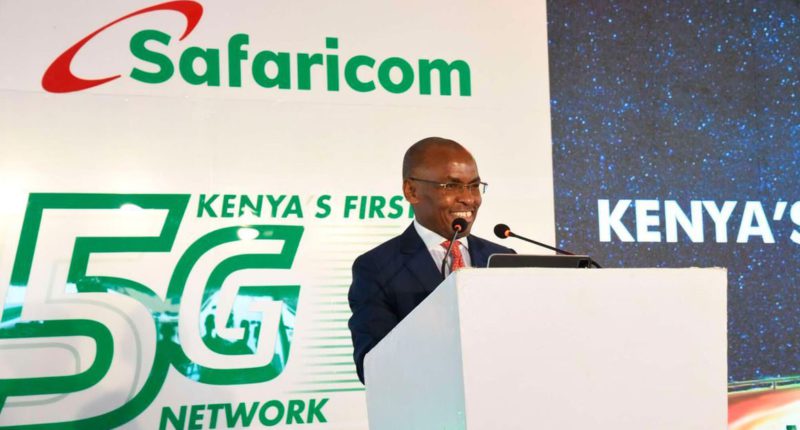Kenyan telecom provider Safaricom has commercially launched its fifth-generation mobile network, becoming the first operator in the country to deploy the technology considering the demand for high data capacities. The service is now available for use via a 5G Wi-Fi router in areas already covered by Safaricom’s fifth-generation network.
Safaricom, which has 35 active 5G sites, spread across several parts of the East African nation including Nairobi, Kisumu, Kisii, Kakamega, and Mombasa, plans to grow these 5G sites to 200 by March 2023.
Why it matters
The commercial launch of the 5G network could be the very anchor technology that unlocks the potential that Kenya, one of Africa’s biggest tech hubs, encapsulates.
- The network’s fast connectivity can play a role in the mass adoption of the service by people and businesses in other growing sectors such as Artificial Intelligence, Big Data analytics, blockchain, etc. in the country and on the continent.
- The 5G network can elevate the productivity of industries, including journalism and entertainment.
State of play
In general, the adoption of the fifth-generation network on the African continent has been a very slow one. With the 5G network being active in about 70 countries around the world according to a projection by GSMA, only a handful of African countries have caught on. A study in Kenya showed that 94 percent of its population owns devices that cost about $200 or less, while the cheapest 5G devices cost $300 and more.
- One of the limitations African nations have in adopting the fifth-generation network is the high cost of its enabled devices. For context, out of about 27 million smartphones in use in Kenya, reports say only about 200,000 are 5G-enabled due to the high costs of such devices.
- Other limitations are the lack of clarity in spectrum regulation, high cost of data plans, and low penetration of mobile networks in rural communities.

